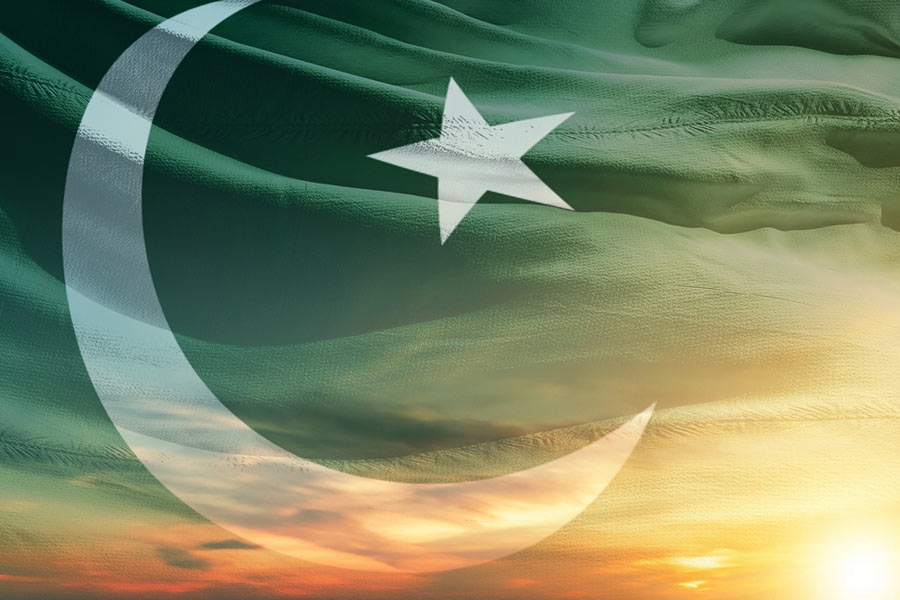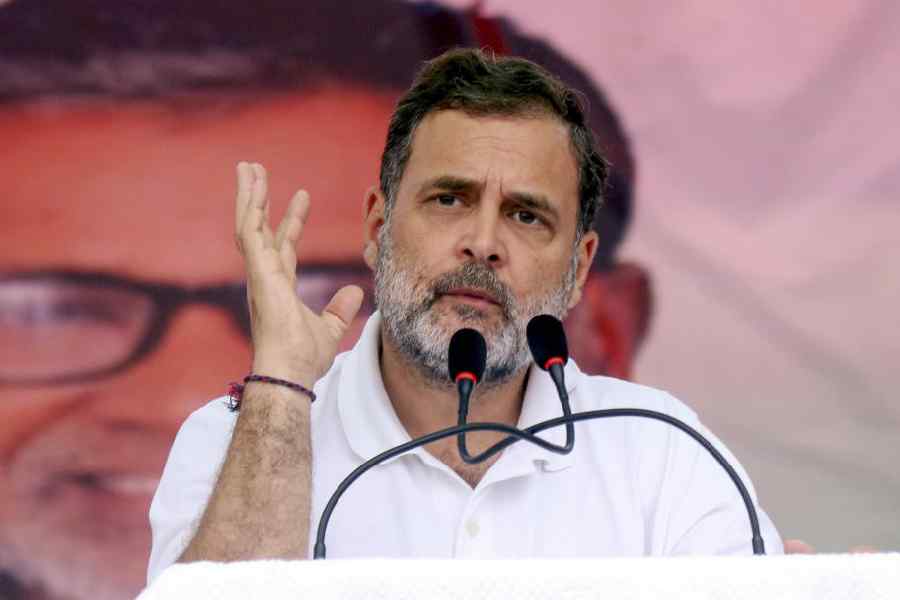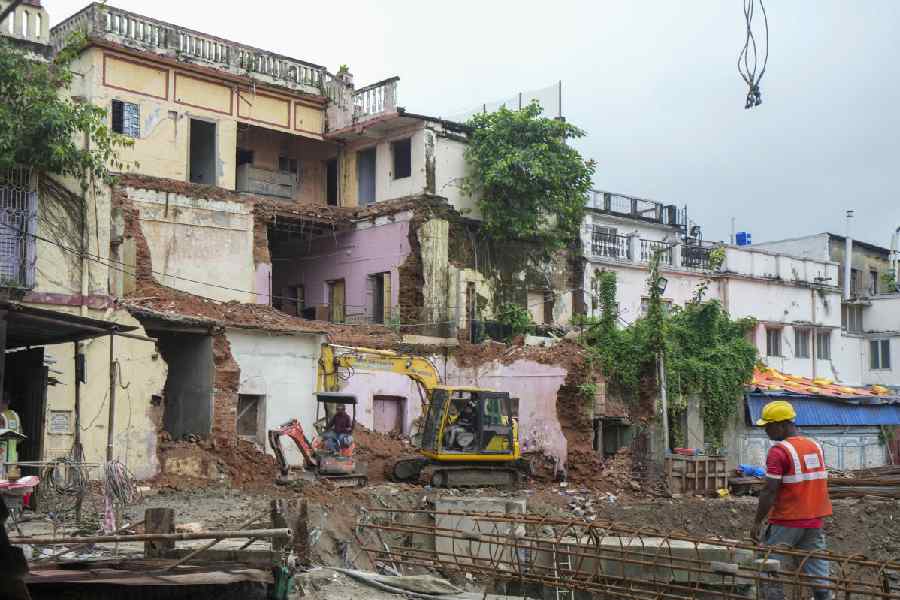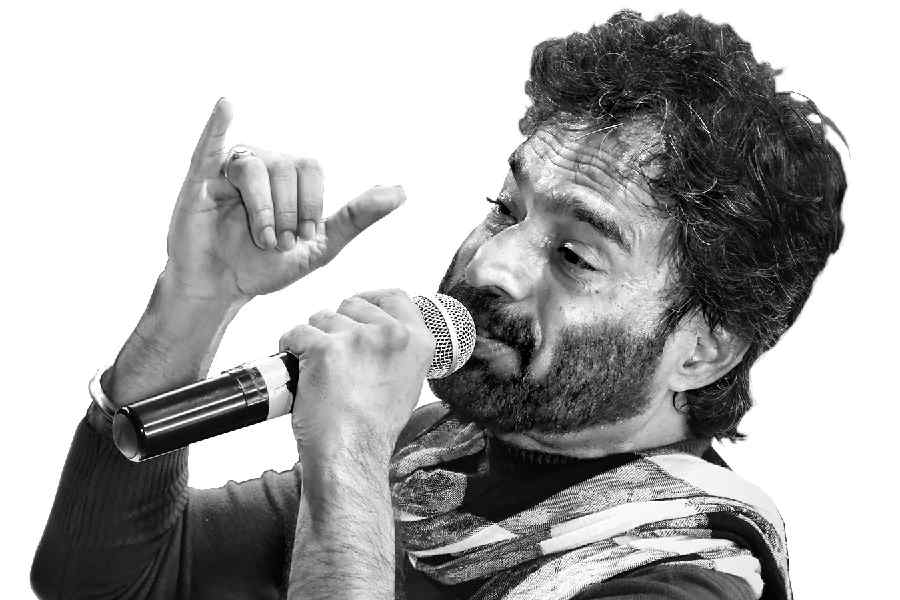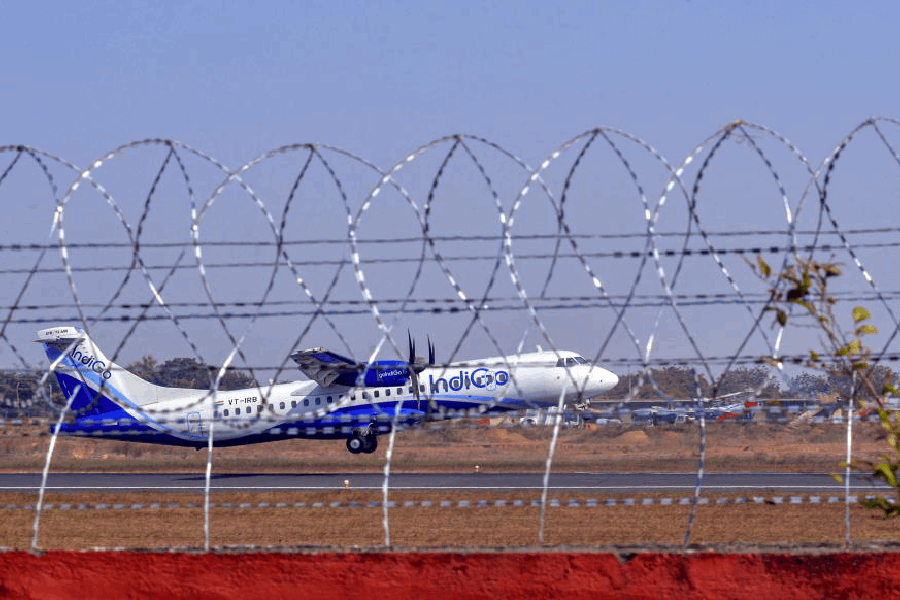The war drums have, unfortunately, been sounded in both India and Pakistan in the aftermath of the terrorist strike in Pahalgam. But the beats seem to differ a bit. In India, the media has been the principal warmonger, drumming up public sentiment in favour of an aggressive response. The story in Pakistan, evidently, is more complicated because there seems to be a discernible gap between the political and the public responses to the possibility of conflict. Pakistan’s Establishment — the military leadership, especially the hawkish army chief, Asim Munir, along with the civilian government — has adhered to predictable, thunderous rhetoric. But the civilian reaction, unlike that in 2019 when there was a military escalation between the two nations, has been circumspect. Two principal reasons are being cited to explain this phenomenon. The first pertains to Pakistan’s economy. High inflation and joblessness are matters consuming the aam aadmi in Pakistan. That the economy is being helped to breathe by largesse from the International Monetary Fund must be weighing on the minds of Pakistan’s civilian constituency. In fact, Moody’s latest prediction about prolonged tensions with India being injurious to Pakistan’s limping economy is likely to sullen the public mood further. The second, and equally important, factor concerns a slight shift in the compact between Rawalpindi and ordinary Pakistanis. Pakistan’s army undoubtedly commands public fealty. But there are also signs of stress, especially after the ouster of Imran Khan — a favourite of the man of the street — by the army. That Mr Munir is Mr Khan’s chief adversary in the corridors of power has added to the complications in the ties between the military and the people of Pakistan. These developments in Pakistan merit an enquiry: could economic distress and a weakened democracy function as anti-war devices?
New Delhi must take note of this state of public disaffection with the powers that be in its recalcitrant neighbour. A full-scale conflict could make Pakistanis stand behind the civil-military apparatus. Perhaps there is wisdom in India utilising the sombre public mood in Pakistan to its advantage; leveraging it to bring pressure on Pakistan’s deep State that facilitates cross-border terrorism could be one option that can be looked into. Piling further economic pressure on its beleaguered economy, as opposed to a full-blown conflict, in conjunction with a reasoned strategic response is the need of the hour.

